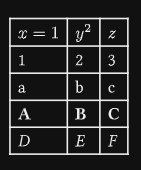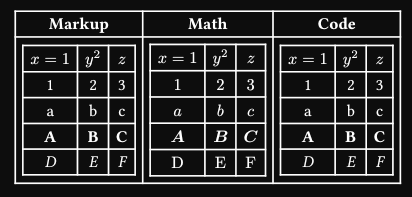Depends on your input.
#let file = ```csv
$x = 1$,$y^2$,$z$,1,2,3,a,b,c,*A*,*B*,*C*,_D_,_E_,_F_
```.text
#let my-output = csv(bytes(file))
#let markup = table(
columns: 3,
..my-output.flatten().map(eval.with(mode: "markup"))
)
#let file = ```csv
x = 1,y^2,z,1,2,3,a,b,c,bold(A),bold(B),bold(C),upright(D),upright(E),upright(F)
```.text
#let my-output = csv(bytes(file))
#let math = table(
columns: 3,
..my-output.flatten().map(eval.with(mode: "math"))
)
#let file = ```csv
$x = 1$,$y^2$,$z$,1,2,3,[a],[b],[c],[*A*],[*B*],[*C*],emph[D],emph[E],emph[F]
```.text
#let my-output = csv(bytes(file))
#let code = table(
columns: 3,
..my-output.flatten().map(eval).map(x => [#x])
)
#table(
columns: 3,
align: center + horizon,
table.header(..([Markup], [Math], [Code]).map(strong)),
markup, math, code,
)

